Prince Edward Island (PEI) unveils 10-year energy strategy to grow on-island renewables and achieve net-zero by 2040

The province of Prince Edward Island (PEI) has released a comprehensive 10-year energy strategy covering the period 2026-2035, aiming to substantially expand on-Island renewable power generation, modernize transmission infrastructure, enhance affordability for consumers, and meet its legislated target of net-zero greenhouse-gas emissions by 2040.
The strategy responds to a sharp rise in electricity demand, driven by population growth, electrification of heating and transport, and greater home-energy use, and to a current reliance of approximately 85% on imported electricity from New Brunswick carried via ageing submarine cables. The provincial government projects a 27% generation capacity shortfall by 2033 if additional on-island resources and storage are not developed.
The document is structured around five strategic “pillars” and outlines 20 recommended actions:
- Reform mandates (regulatory frameworks and institutional readiness)
- Save energy (energy-efficiency and demand-side management)
- Enhance the grid (infrastructure upgrades, transmission, and distribution modernization)
- Expand clean energy (wind, solar, and battery-storage deployment on-island)
- Enable solutions (capacity building, community and Indigenous engagement, innovation).
One of the key commitments is to increase local generation of wind and solar and to accelerate deployment of on-island battery energy-storage systems (BESS) to reduce import dependence and enhance supply reliability. The strategy also addresses affordability and energy equity issues, establishing a new Office of the Consumer Advocate and expanding retrofit and electrification programs for households and businesses.
In the infrastructure-engineering domain, the roadmap signals major civil and electrical-engineering investments: upgrading submarine cable connections, replacing dated oil-fired generation units (currently under 0.2% of on-Island supply), reinforcing grid resilience against extreme weather, and integrating distributed energy resources (DERs) across the network. Additionally, the strategy emphasizes the technical challenge of balancing increasing electrification loads, linked to heat pumps, EVs, and building electrification, with variable renewable-energy generation and storage technologies on a small-scale island grid.
The clean-energy transition also commits to economic development: PEI envisions growth in renewables-industry jobs, community-owned generation projects, partnerships with Indigenous communities, and local innovation hubs for long-duration storage and smart-grid solutions.
In summary, PEI’s strategy places reliability, affordability & equity, sustainability, and economic development at its core, positioning the province to transition from a heavy energy-import dependency toward a cleaner, domestically-oriented energy system by 2035 and beyond.
Sources: Government of Prince Edward Island, PVBuzzMedia, Government of Prince Edward Island, Canadian Renewable Energy Association (CanREA)
Want to read more like this story?
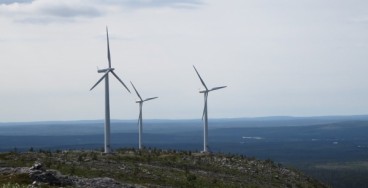
The first ‘green’ island in the Mediterranean is a reality
Mar, 13, 2018 | NewsThe small Greek island of Tilos is now energy independent, powered by wind and solar energy The sma...

Tilos, a small Greek island wins the EU Sustainable Energy Awards 2017
Jul, 04, 2017 | NewsAn innovative project based on renewable energy technologies will make the island energy independent...
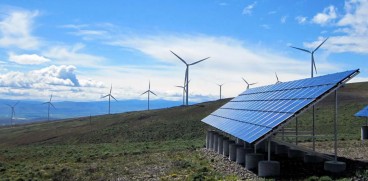
Data-Driven Siting: Revolutionizing Renewable Energy Efficiency
Dec, 20, 2024 | NewsBuilding efficient solar and wind farms requires more than just identifying areas with the most sun...
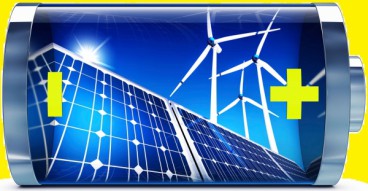
Energy storage could take renewable technology to a whole new level …
Jul, 04, 2016 | NewsStorage systems can make economic sense for renewable energy sources such as wind and solar, accordi...
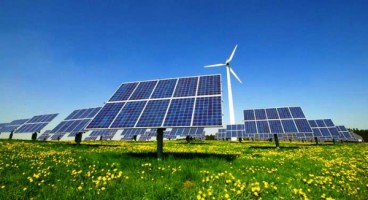
Maybe RES Do Not Need Energy Storage!
Nov, 03, 2015 | NewsRenewable Energy Sources have the largest part in the electrical power that is installed each year a...

By 2050, half of the EU citizens could be generating their own renewable energy
Oct, 10, 2016 | NewsA people-powered energy revolution is possible and may be close at hand A people-powered energy r...

Powering the Future: £3.4 Billion Subsea Power Cable to Connect Scotland and England
Aug, 19, 2024 | NewsThe UK is set to see a significant boost in its renewable energy capabilities with the approval of...
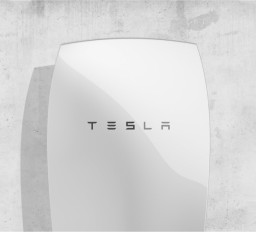
The most elegant battery for energy storage
May, 23, 2016 | NewsTesla’s Powerwall, with its unique design, has already sold 2.500 units Tesla’s Power...

UAE begins construction of world-first 24/7 Gigascale clean energy system
Oct, 29, 2025 | NewsThe government of Abu Dhabi, in collaboration with Masdar and Emirates Water and Electricity Compan...
Trending
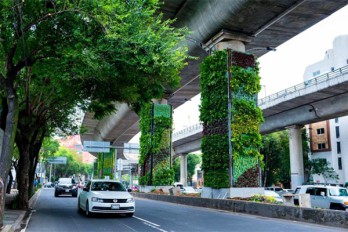
Vertical gardens in Mexico City to combat pollution

Characteristics of Load Bearing Masonry Construction

Taipei 101’s impressive tuned mass damper

Morocco Implements Landmark Dam Perforation to Combat Water Stress in Marrakech

Dutch greenhouses have revolutionized modern farming

The Line at Neom faces feasibility reassessment while construction continues

A new chapter for Sunderland: The £31 million Keel Crossing opens

